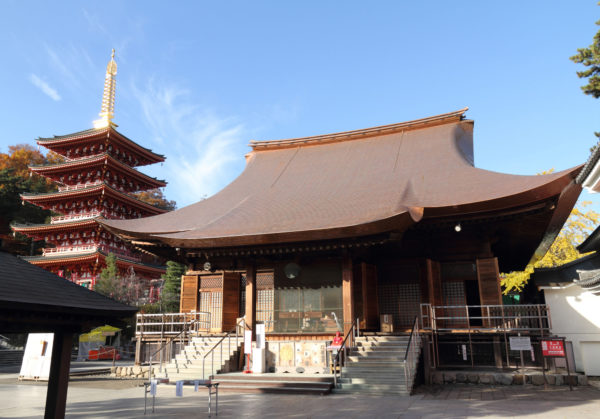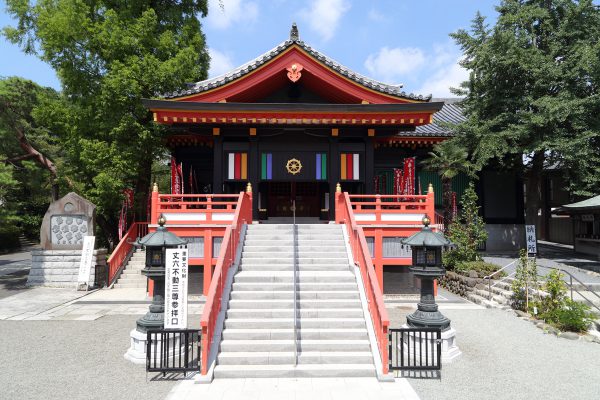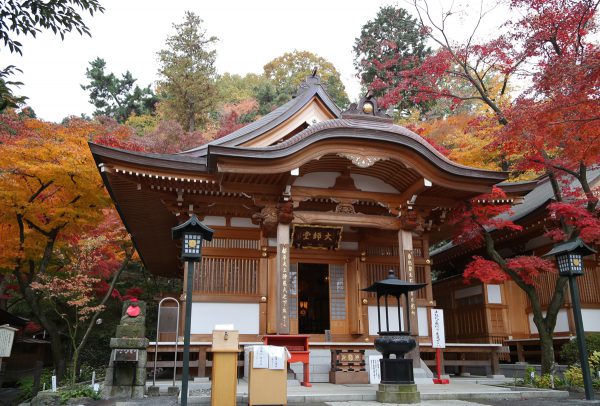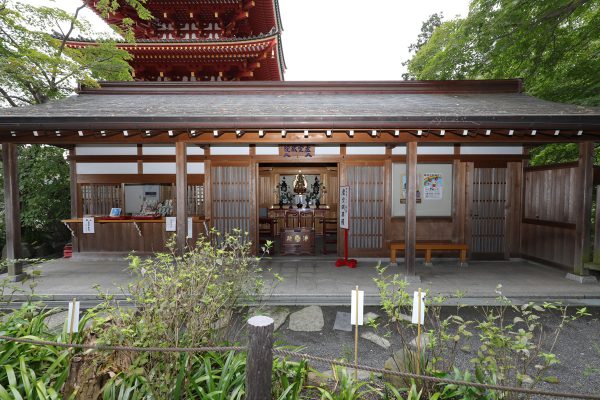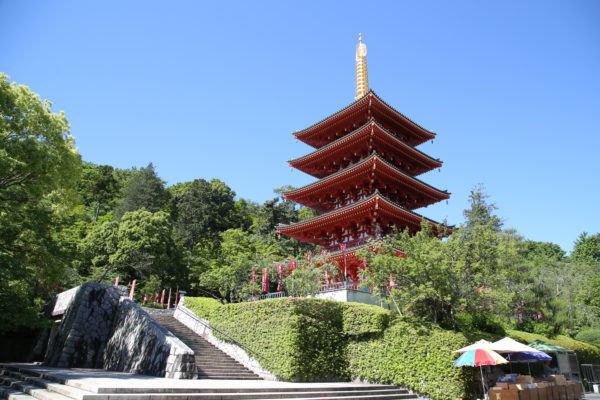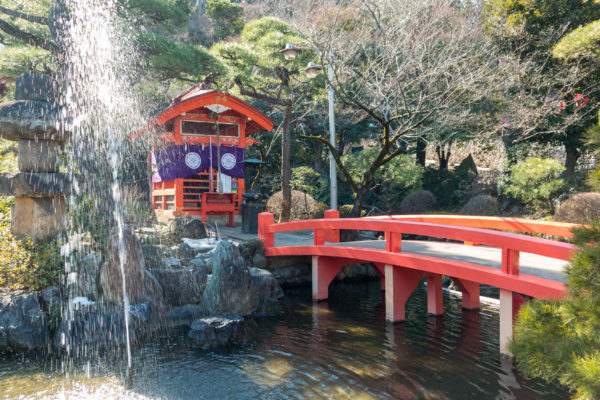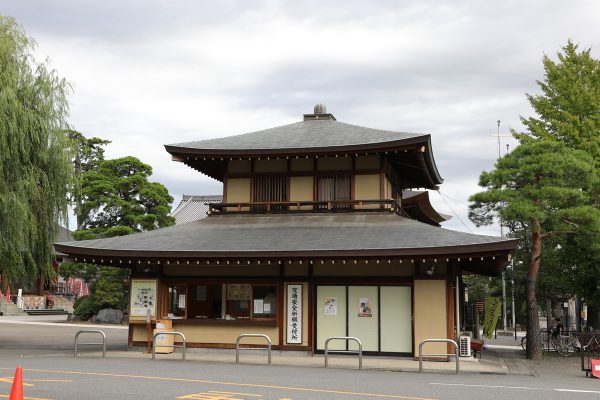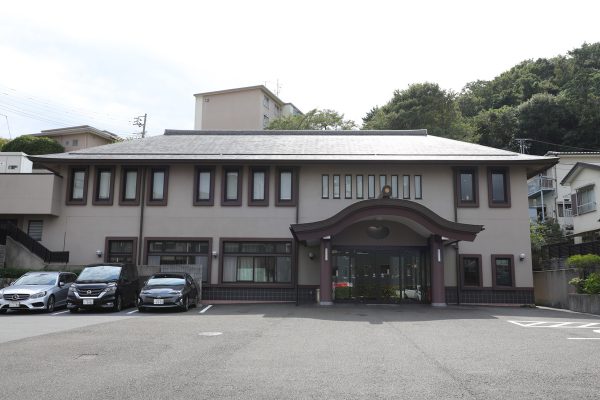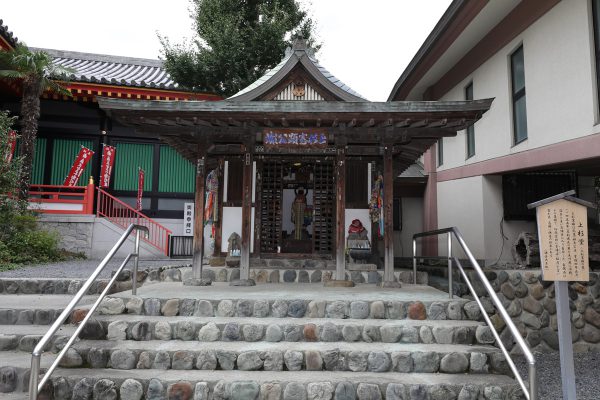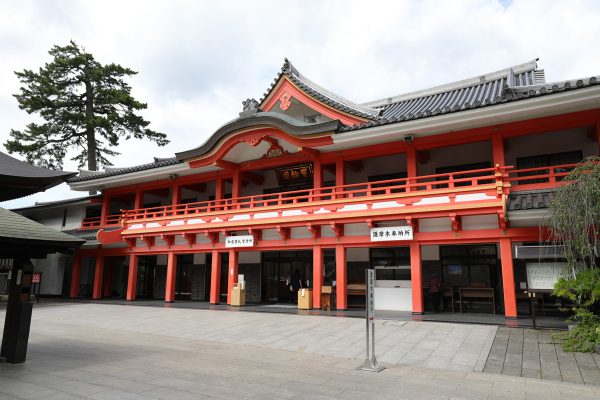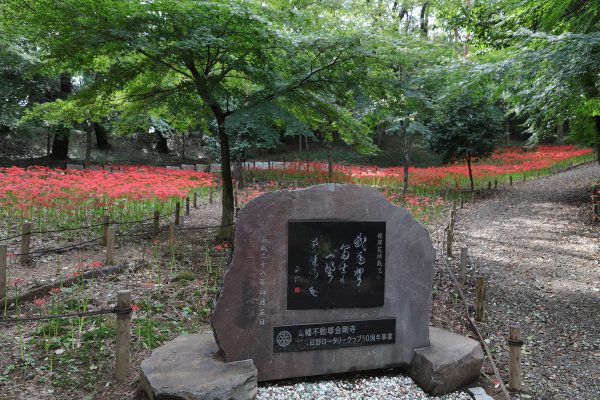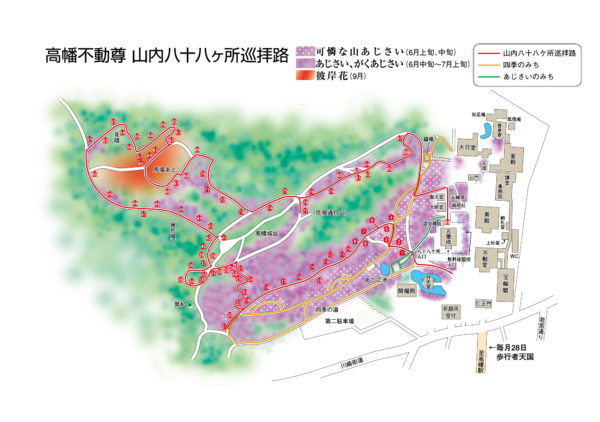The Grounds
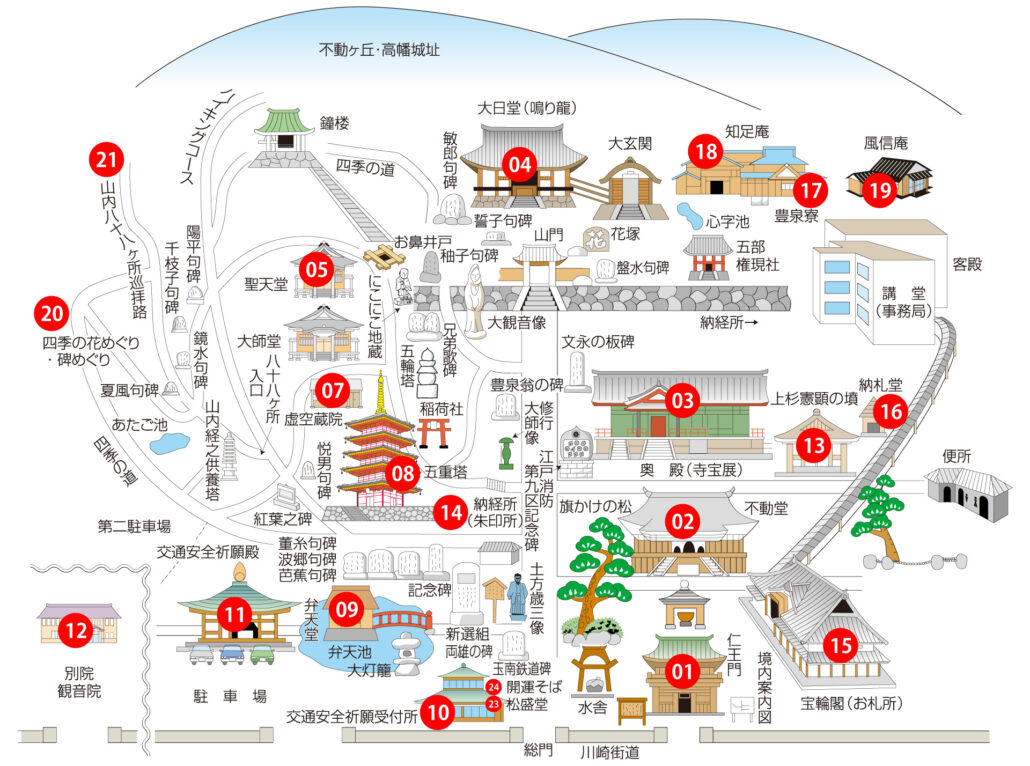
01 Niōmon Gate
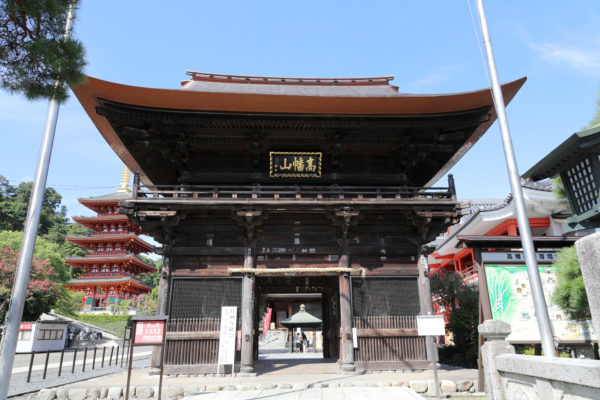
※Important Cultural Property (from the Muromachi period)
02 Fudō-dō Hall
03 Okuden
04 Dainichi-dō Hall
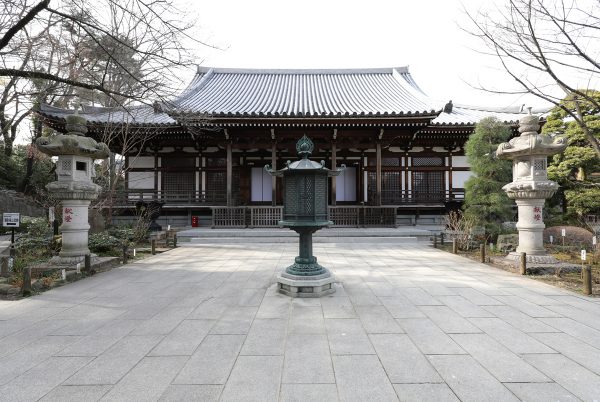
Dainichi-dō is the main hall of Takahata-san. It was destroyed by a large fire in 1779 during the Edo period, and was the provisional main hall for a long time until its repairing in 1982 that lasted five years. The new hall was built in an irimoya style (hip-and-gable roof) from the Kamakura period and hongawarabuki (tiled roofing). The interior was coated with lacquer, and Bishu-hinoki cypress wood was used. The entrance was built using a style from the Momoyama period.
05 Sage Vinayaka Hall
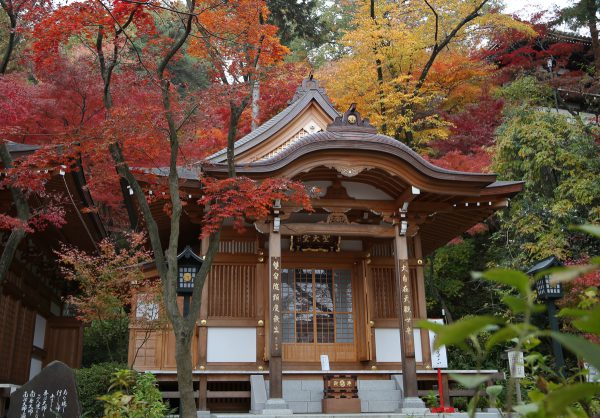
It was reconstructed 230 years after it was destroyed by a large fire in 1779.
People praying for “Matchmaking”, “Good Fortune”.
06 Daishi-dō Hall
07 Kokūzō-in
08 Five-storied Pagoda
09 Sarasvati Hall
10
11 Prayers for Traffic Safety Hall
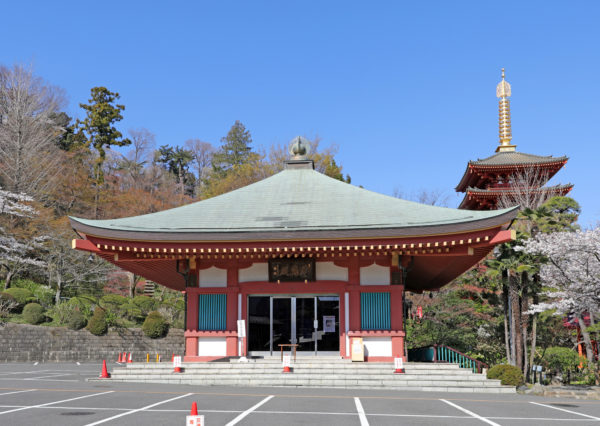
Takahata-Fudoson is known to as the head temple for praying for traffic safety, and is crowded with all sorts of vehicles and drivers everyday.
Anyone who wishes to pray for traffic safety is welcome to come make a request. Here, we pray everyday to Fudō Myō-ō for everyone’s safety.
12 Kannon-in Branch Temple
13 The Tomb of Noriaki Uesugi
14 Prayer Notes and Seal Stamps Area
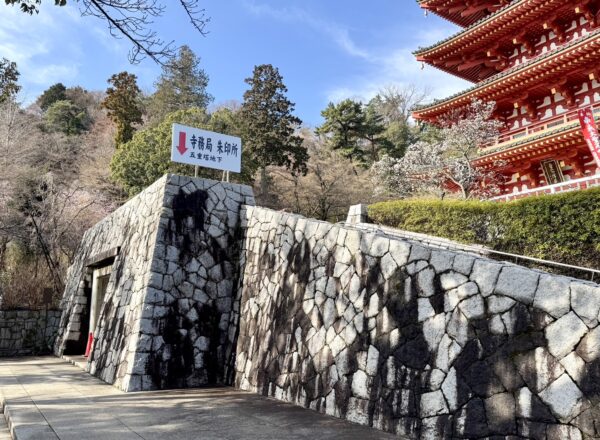
This place is where temple seal stamps are delivered.
15 Hōrin Kaku (
16 Nosatsu-do
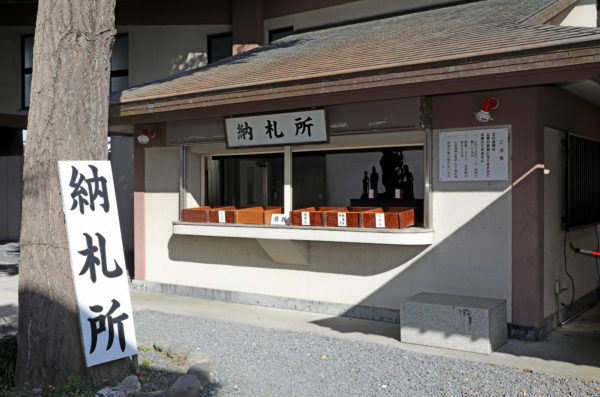
We are accepting the return of Homa ofuda, ofuda, amulets, devil arrows, kumade, daruma, honobuchi, etc.
※The following items are not accepted.
Dolls, doll cases, stuffed animals, pottery, glass, metal products, incense burners, flower stands, candlesticks, other than religious events.
17 Hosenryo(Tea room)
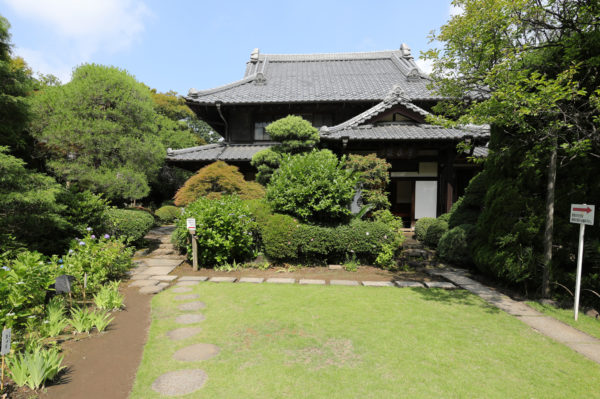
There is a tea ceremony on a specific day during the June Hydrangea Festival.
We accept consultations for tea renting.
18 Chisokuan(Tea room)
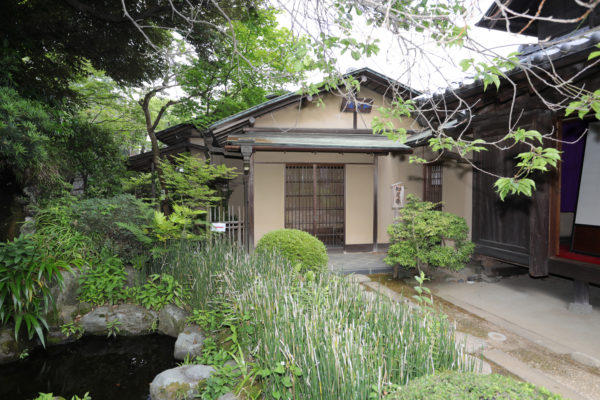
You can observe the appearance on a specific day during the June Hydrangea Festival.
We accept consultations for tea renting.
19 Fushinan(Tea room)
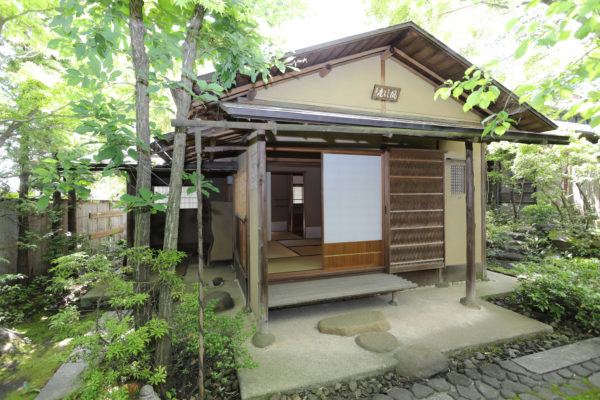
You can observe the appearance on a specific day during the June Hydrangea Festival.
We accept consultations for tea renting.
Seasonal Flowers and Stone Monument Tour

